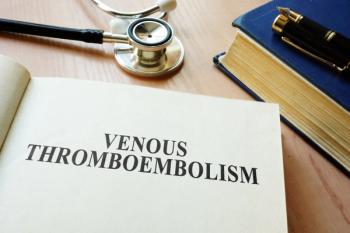
These four patient cases can help improve your decision-making about the best hormonal regimen for this population.

These four patient cases can help improve your decision-making about the best hormonal regimen for this population.

A regimen of an Elaeagnus angustifolia flower capsule or a sildenafil citrate tablet both significantly reduced the frequency of HSDD, according to a recently published study.

A new study in The Journal of Sexual Medicine confirms last year’s revised labeling of the FDA-approved flibanserin for treating HSDD in premenopausal women.
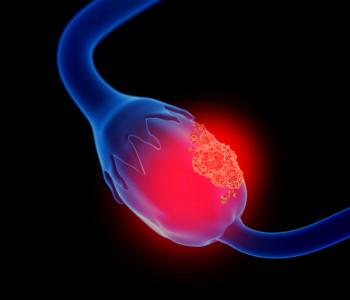
Experience in more than a quarter million women shows no significant association between use of powder in the genital area and ovarian cancer.
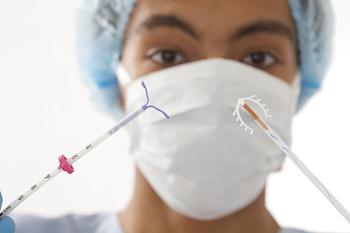
Besides routinely offering postpartum LARC to their patients, ob/gyns must advocate for policies that support these devices.

Two ob/gyns provide arguments for and against offering the procedure. This article, from Dr. Naumann, covers the pro side of the argument.

Two ob/gyns provide arguments for and against offering the procedure. This article, from Dr. Fader, covers the con side of the argument.
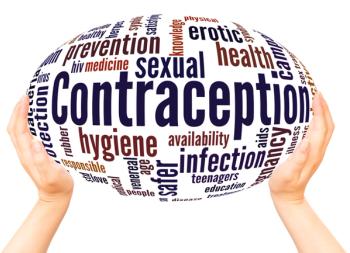
Provider training boosted screening and education of teens but efforts to boost update of long-acting reversible contraception were less successful.
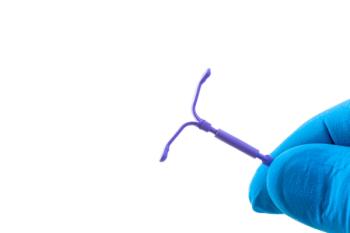
Awareness of intrauterine devices and contraceptive implants is high among women of reproductive age, but not as high for DMPA and oral contraceptives, according to a recent study.

Research from Perspectives on Sexual and Reproductive indicates that school-based health centers offering comprehensive reproductive services leads to substantially fewer teenage pregnancies, abortions and births.

Counseling strategies that target women initiating a contraception method, including structured counseling on side effects, tend to increase contraceptive continuation, according to research from BMJ Sexual & Reproductive Health.

Our top 5 journal studies of 2019 looked at how midwives affect birth and care outcomes, benchmark data on pelvic exams, and more.
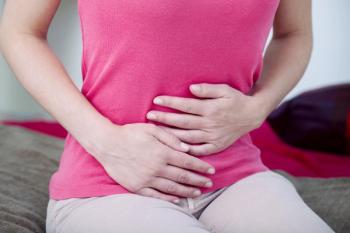
Ranging from chronic pain control to reexamining postpartum care, these were our most-read peer-reviewed articles from 2019.
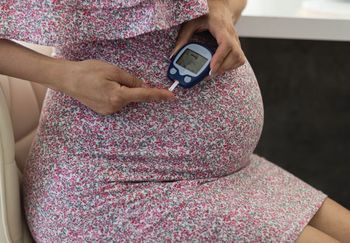
New research from BMJ indicates that children of mothers with diabetes have higher rates of early-onset CVD.
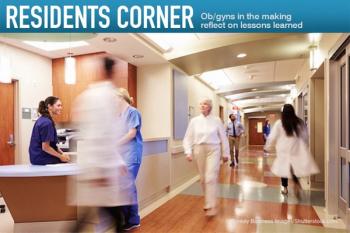
This series, which debuted in 2019, allowed ob/gyns in the making to reflect on lessons learned.
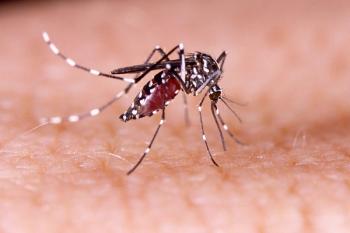
New research shows that antenatal Zika virus significantly increases risk of giving birth to a small-for-gestational-age baby.

A new systematic review suggests that before and during pregnancy, women may not be following national and international dietary guidelines from major organizations.
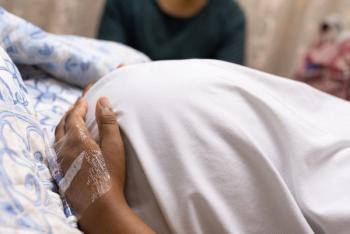
New research indicates that Hispanic and non-Hispanic black women have higher postpartum pain scores but receive fewer opioids while hospitalized after delivery than their white counterparts

Research from Contraception indicates that a new counseling strategy could lead to enhanced patient satisfaction with their birth control method.
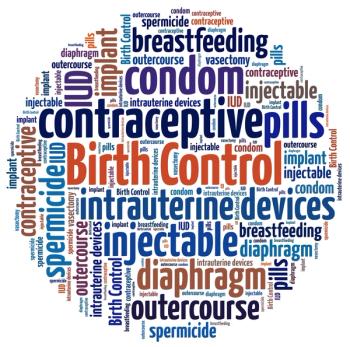
Reproductive-aged women with at least one chronic health condition were twice as likely to use highly effective contraception than women without a chronic condition, according to new research.

Medicaid patients are less likely to receive sterilization at time of cesarean, and the reason may surprise you.

Ranging from cases on ultrasound missteps to disease misdiagnosis, these were our most-read articles on malpractice from 2018.

Although patient characteristics may not able to predict postoperative complications from laparoscopic treatment, procedural factors appear to be predictive of perioperative complications.
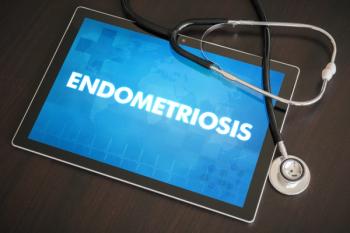
Endometriosis is an independent risk factor for developing placenta previa, according to a case-control study published in BMC Pregnancy and Childbirth.

Our staff's picks for the best editorials this year, with links to the articles, in case you missed them.
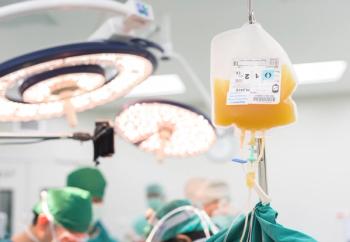
Published in JAMA Network Open, a new study offers surprising results about plasma transfusion effectiveness for women with PPH.

Women with eating disorders-present or past-are at increased risk of adverse pregnancy and neonatal outcomes, according to research from JAMA Psychiatry.

Two randomized phase 3 trials of safety and efficacy of bremelanotide 1.75 mg have found that the drug significantly improved sexual desire and related distress in premenopausal women with hypoactive sexual desire disorder.
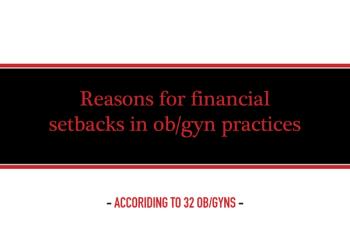
Survey results point out nine pitfalls that you need to be aware of.
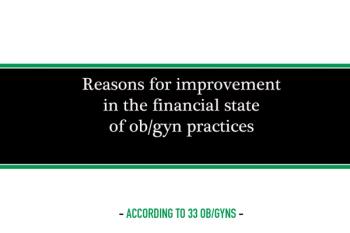
In a recent survey, 33 ob/gyns were asked what led to an improved financial state for their practice.